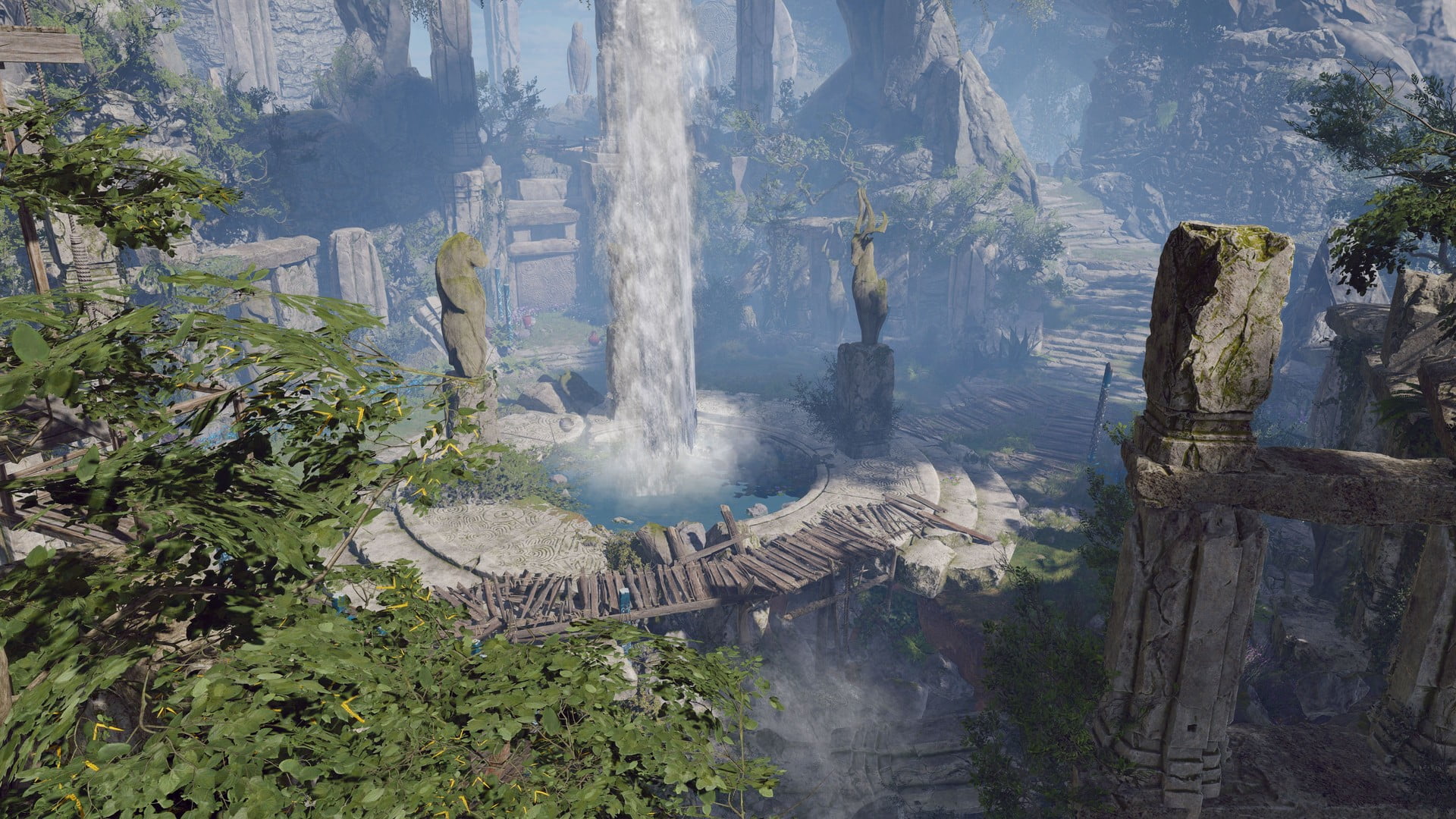With the highly anticipated launch of Larian Studios’ Baldur’s Gate 3, many gamers might approach the game’s character creation system with some trepidation. If you’re new to the CRPG genre or Dungeons and Dragons.
Navigating the Baldur’s Gate 3 character creator can seem overwhelming due to the sheer number of options, including classes, spells, backgrounds, and abilities. Don’t fret; we’re here to provide you with a comprehensive guide to creating your first character in BG3.
How to Create a Character in Baldur’s Gate 3
During your journey in the game, you’ll have companions who can help you balance your character’s choices during the creation process. So, there’s no need to worry about trying to do everything by yourself.
You’ll have full control over your companions, allowing you to level them individually and tailor their abilities to suit your experience. However, keep in mind that while you can change classes and abilities, your character’s race and background remain fixed.
Let’s break down the character creation process:
1. How Do You Want to Play?
The first step is to decide how you want to play the game. Baldur’s Gate III offers extensive role-playing opportunities, similar to Dungeons and Dragons, giving you countless ways to play.
Do you prefer stealth and thievery, brute strength, a connection with animals, or even transforming into animals yourself? Consider the combat and interpersonal interactions you want to excel at, as well as the personality you want your character to have.
Also Read: Baldur’s Gate 3 How do you Get Lae’zel Down
2. Pick Your Class
Your choice of class is the most significant factor influencing how you handle combat and what skills you bring to the party. Each class has its strengths and weaknesses, contributing something unique to the party dynamic. It’s advisable to start by selecting your class before deciding on your race or background.
Here’s a brief overview of the available classes:
- Barbarian: Masters of close combat relying on strength and constitution.
- Bard: Support-style spellcasting class specializing in persuasion and performance.
- Cleric: Channel divine power into magical abilities, with various domains to choose from.
- Druid: Wield elemental magic and transform into beasts.
- Fighter: Proficient in various weapons and armor, ideal for combat.
- Monk: Nimble characters capable of unarmed strikes and unique abilities.
- Paladin: Use divine connections for combat and spells.
- Ranger: Excel in scouting and tracking, with martial abilities.
- Rogue: Masters of stealth, specializing in single-target damage.
- Sorcerer: Cast spells using innate magical abilities.
- Warlock: Gain powers through a pact with a patron.
- Wizard: Arcane spellcasters specializing in different schools of magic.
Also Read: Baldur’s Gate 3 How do Spell Slots work
3. Race
Choose from 11 base races and 18 sub-races, each with unique abilities and attributes. Your choice of race also affects in-game interactions and how non-player characters perceive you. Here’s a brief overview of the races:
- Elf: Known for their longevity and magical affinity.
- Tiefling: Descendants of devils, possessing fire resistance and darkvision.
- Drow: Elves from the Underdark, with superior darkvision.
- Human: Versatile and adaptable, gaining additional skill proficiency.
- Githyanki: Outsiders with psionic abilities.
- Dwarf: Stout and resilient, with darkvision and weapon proficiency.
- Half-Elf: A blend of human and fey ancestry.
- Halfling: Small and lucky, with a reroll ability.
- Gnome: Intelligent with advantages in saving throws.
- Dragonborn: Proud warriors with breath weapons.
- Half-Orc: Intense and resilient, with combat prowess.
4. Background
Your character’s background plays a significant role in interactions with party members and other characters. It provides additional conversation options, skill proficiencies, and opportunities to gain Inspiration. The background influences how your character fits into the world. There are 11 backgrounds to choose from:
- Acolyte: Suited for characters connected to temples and gods.
- Charlatan: Masters of manipulation and deception.
- Criminal: Experienced in lawbreaking and connections.
- Entertainer: Skilled in performance and art.
- Folk Hero: Champions of the common people.
- Guild Artisan: Craftsmen with guild recognition.
- Noble: Characters from privileged backgrounds.
- Outlander: Survivors who grew up in the wilderness.
- Sage: Knowledge seekers with a thirst for learning.
- Soldier: Trained in tactics and combat.
- Urchin: Street-smart survivors with a challenging past.
5. Ability Scores
After selecting your class, determine which abilities to focus on. Each class has a primary ability focus, affecting spellcasting and other abilities. Baldur’s Gate 3 allows more flexibility in assigning ability score bonuses, which are no longer tied to race selection. There are six ability scores:
- Strength: Influences Athletics, carrying capacity, and Strength-based weapon damage.
- Dexterity: Affects Acrobatics, Sleight of Hand, Stealth, Armor Class, and Initiative.
- Constitution: Determines hit points and concentration checks for certain spells.
- Intelligence: Impacts knowledge-related skills like Arcana, History, and Investigation.
- Wisdom: Influences perception and skills such as Animal Handling, Insight, and Survival.
- Charisma: Affects social interactions through skills like Deception and Persuasion.
6. Skill Selection
Choose skills your character excels at, as these skills benefit from proficiency bonuses. Proficiency bonuses increase as your character levels up, so it’s wise to focus on skills that align with your character’s higher ability scores. Be strategic, as your party members can complement your character’s weaknesses. There are 18 skills to choose from, and your class and background provide options for skill proficiencies.
While you can’t change your character’s appearance post-creation, you can modify clothing, equipment, armor, and weapons during the game. Additionally, you can switch classes and branch into multiple classes to adapt your character’s abilities as needed. Enjoy the depth of character creation, and remember that each playthrough can offer a unique experience in Baldur’s Gate 3!

